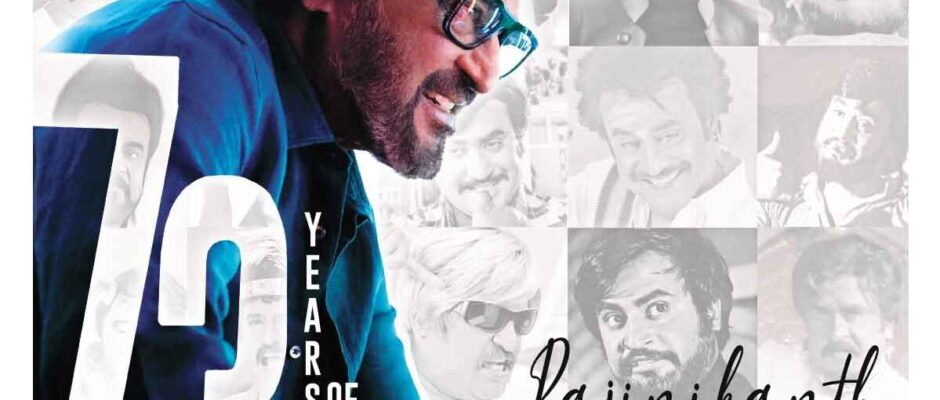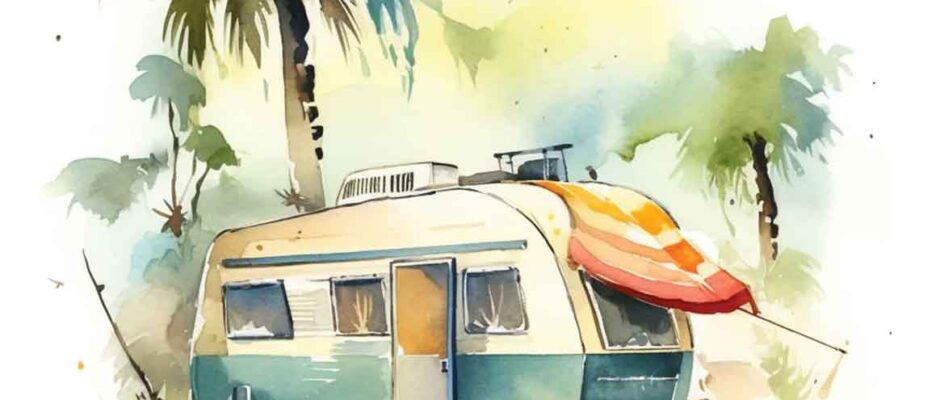Want to Establish a Booming Business? Top 4 Ways To Create a Versatile and Realistic Startup Budget!
It’s thrilling to consider launching your own company. To avoid getting caught up with your thoughts, you must first take a step back and draft a financial plan for your new company. Building an effective budget that will allow you to track your cash flow, project your launch costs, and maintain a lean functioning model from the beginning. Furthermore, a budget can help you determine how much capital must be invested to start your business, which helps you avoid plunging overboard once it is up and running. However, budgeting and organizing your finances can be stressful, so we’ve streamlined it into a clear, step-by-step manual. Let’s get started with these four ways of creating a realistic startup budget! Developing a startup budget that is both sustainable and practical requires first understanding your business concept. Your principal sources of income and expenditures, in addition to your primary presumptions and hazards can all be found by describing your business plan. To sketch out your company’s structure while evaluating your ideas, you can utilize tools such as the Lean Canvas or the Business Model Canvas. Finding your startup costs is another step in making an expenditure plan for your new company. These are the startup and ongoing costs related to operating your firm, and they range from workplace commodities to advertising. Use a company startup cost calculator to obtain an appropriate estimation of the initial expenses. Your cash flow is the amount that you bring in and take out of your account within a certain amount of time. It illustrates the amount of cash on hand for handling and growing your company’s activities. After deducting expenses from income, you must add any additional financing sources—such as loans, subsidies, or investments—to the cash flow strategy. The amount you allocate for your startup company is flexible. Your revenue and expenditures will fluctuate and rise with your business. Make sure that the financial strategy appropriately reflects the current state of your firm by reviewing and revising it regularly. Although creating a reasonable budget might seem like a lot of responsibility, it is essential to your business’s prosperity. If you take a moment to comprehend the costs and revenues, making educated financial choices will help your business succeed.









